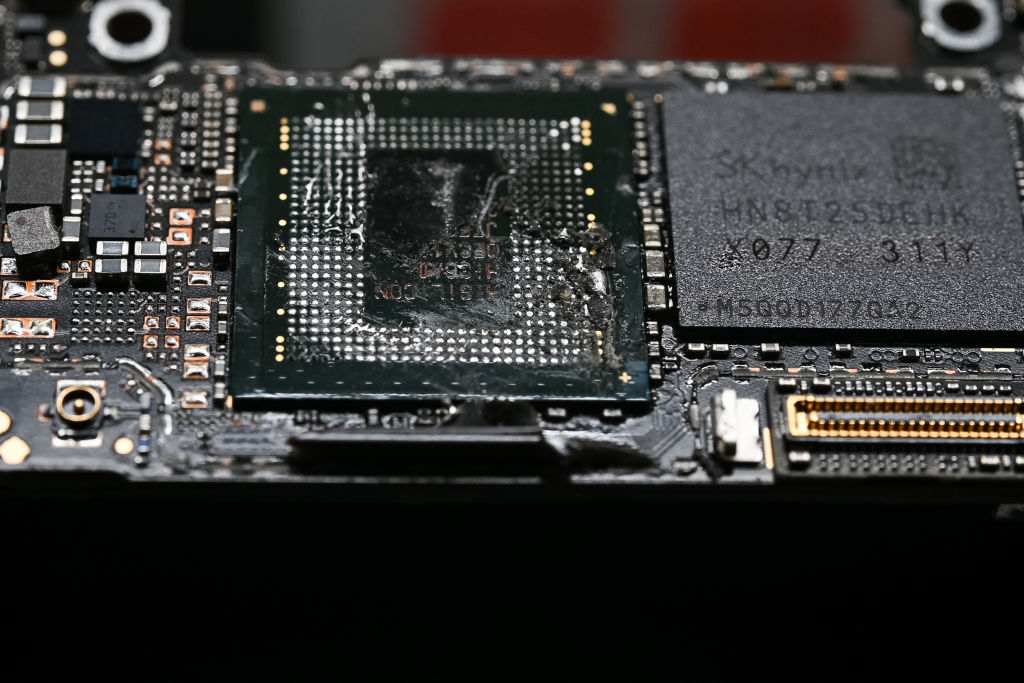
A teardown of Huawei’s recently launched Mate 60 Pro smartphone revealed the usage of the Kirin 9000s, a mysterious 7nm chip manufactured at SMIC. And now a new unknown has arisen - how did Huawei procure SK hynix-branded memory and flash storage amidst the U.S. export restrictions?
SK hynix has launched a formal investigation into how the company’s LPDDR5 and NAND flash got into the Huawei Mate 60 Pro. The Korean chipmaker reiterated that it hasn’t sold any of its products to Huawei since the U.S. blacklisted Huawei in 2020. It wasn’t a significant hit to SK hynix since Huawei only represented approximately 10% of the chipmaker’s sales.
“SK hynix no longer does business with Huawei since the introduction of the U.S. restrictions against the company and with regard to the issue we started an investigation to find out more details,” an SK hynix representative told Bloomberg. The spokesperson added, “SK hynix is strictly abiding by the U.S. government’s export restrictions.”
Inside the chip: The HiSilicon Kirin 9000S looks to be a quite complex SoC
Effect on China: Chinese tech maker AMEC says US import restrictions will barely impact business
Sanctions began: Why the US imposed sanctions on SMIC, China's largest chipmaker, in 2020
The Mate 60 Pro teardown video shows SK hynix’s UD310 176-layer 4D NAND flash. UD310 is a high-capacity and high-performance NAND that conforms to the UFS 3.1 standard. The HN8T25DEHKX077 variant, which is 512GB in capacity, delivers sequential read and write speeds up to 2,050 MB/s and 1,700 MB/s, respectively. The LPDDR5 memory's specifications, colloquially dubbed "ghost RAM," remain a mystery. It's uncertain how Huawei acquired the LPDDR5 chips.
Huawei may have built up a sizeable inventory of SK hynix NAND or LPDDR5 before the export restrictions. SK hynix announced the UD310 in 2020, which was around the timeframe when the U.S. added Huawei to the trade blacklist. If that narrative is accurate, then Huawei only has a limited amount of NAND, raising the question of how many units the company can bring to the market. The Mate 60 Pro is one of Huawei's flagship smartphones, so it wouldn't look good if the company couldn't provide a semi-decent supply of the devices.
It would remove all the guesswork if Huawei disclosed where the company got the LPDDR5 and NAND from or how the Kirin 9000s was made. However, Huawei has been silent on the issue, and so has SMIC regarding the Kirin 9000s. Meanwhile, the U.S. is looking into the whole situation with SMIC and whether it has violated any sanctions for producing and selling the Kirin 9000s to Huawei.
Get Tom's Hardware's best news and in-depth reviews, straight to your inbox.

Zhiye Liu is a news editor and memory reviewer at Tom’s Hardware. Although he loves everything that’s hardware, he has a soft spot for CPUs, GPUs, and RAM.